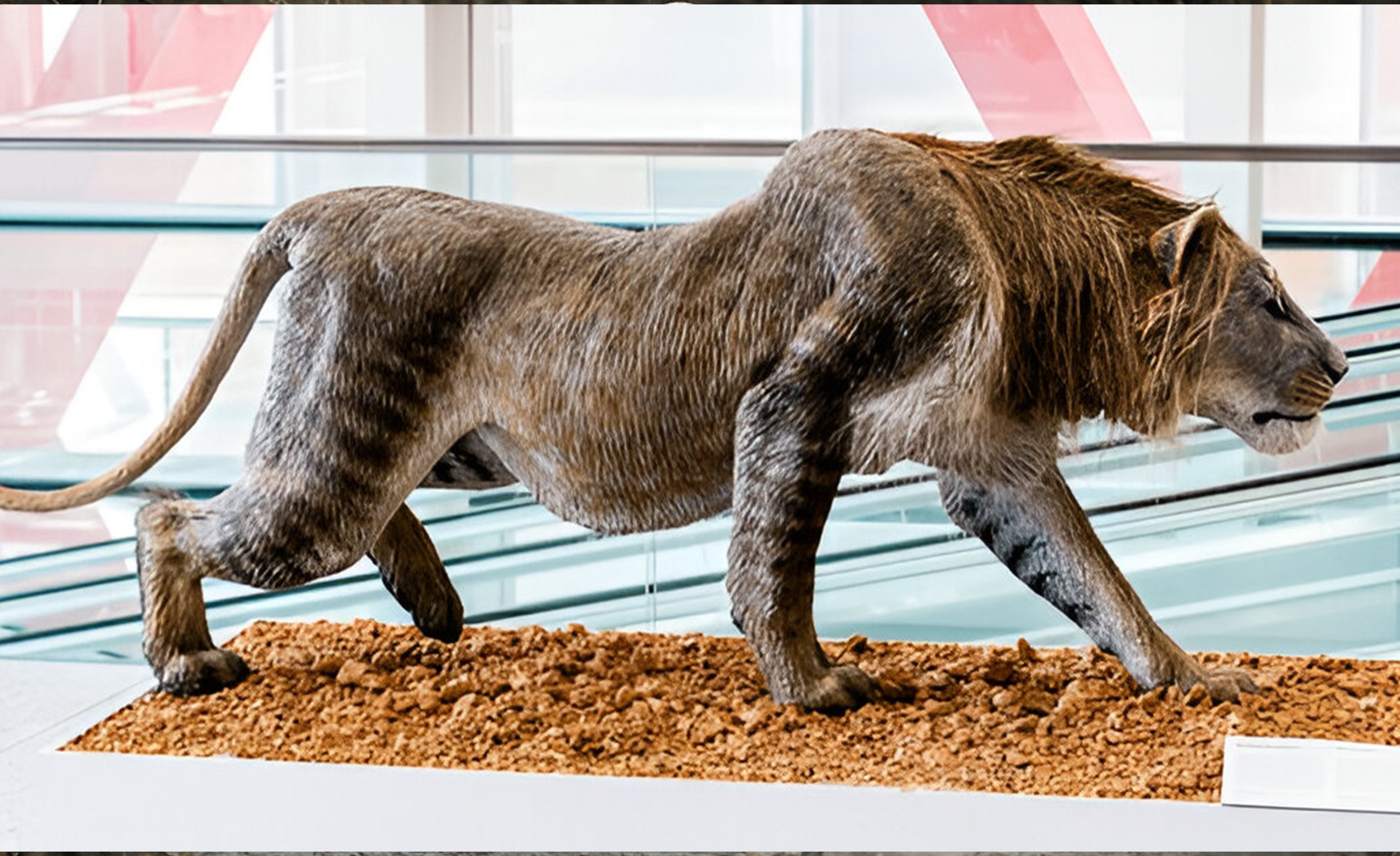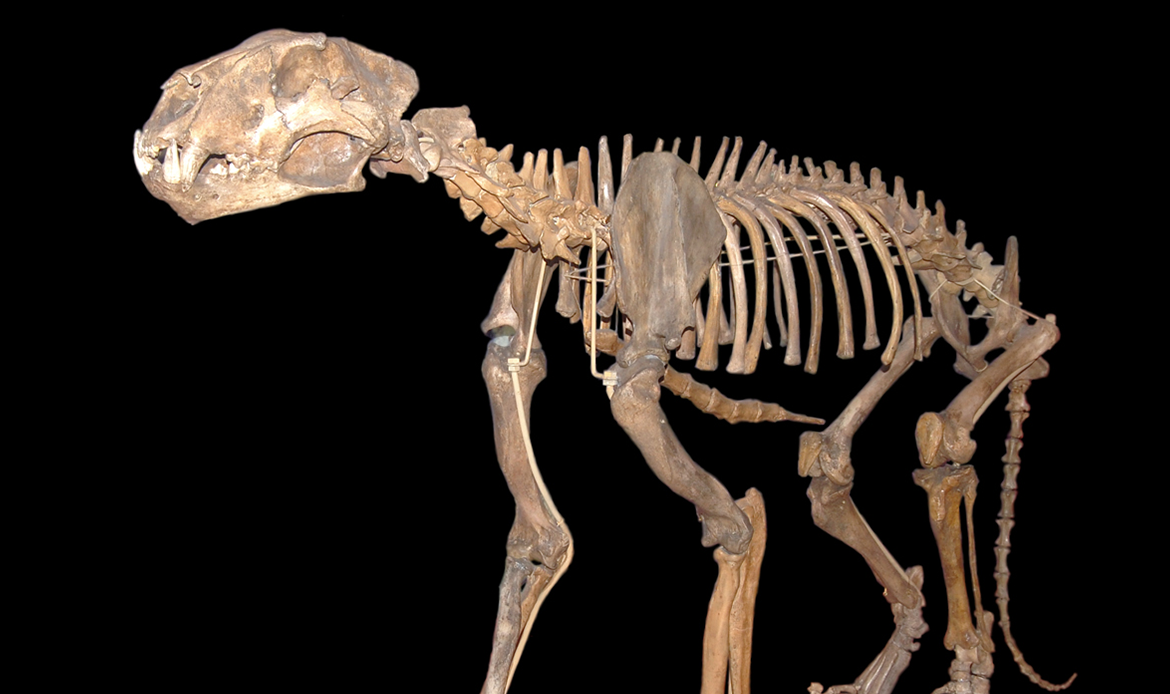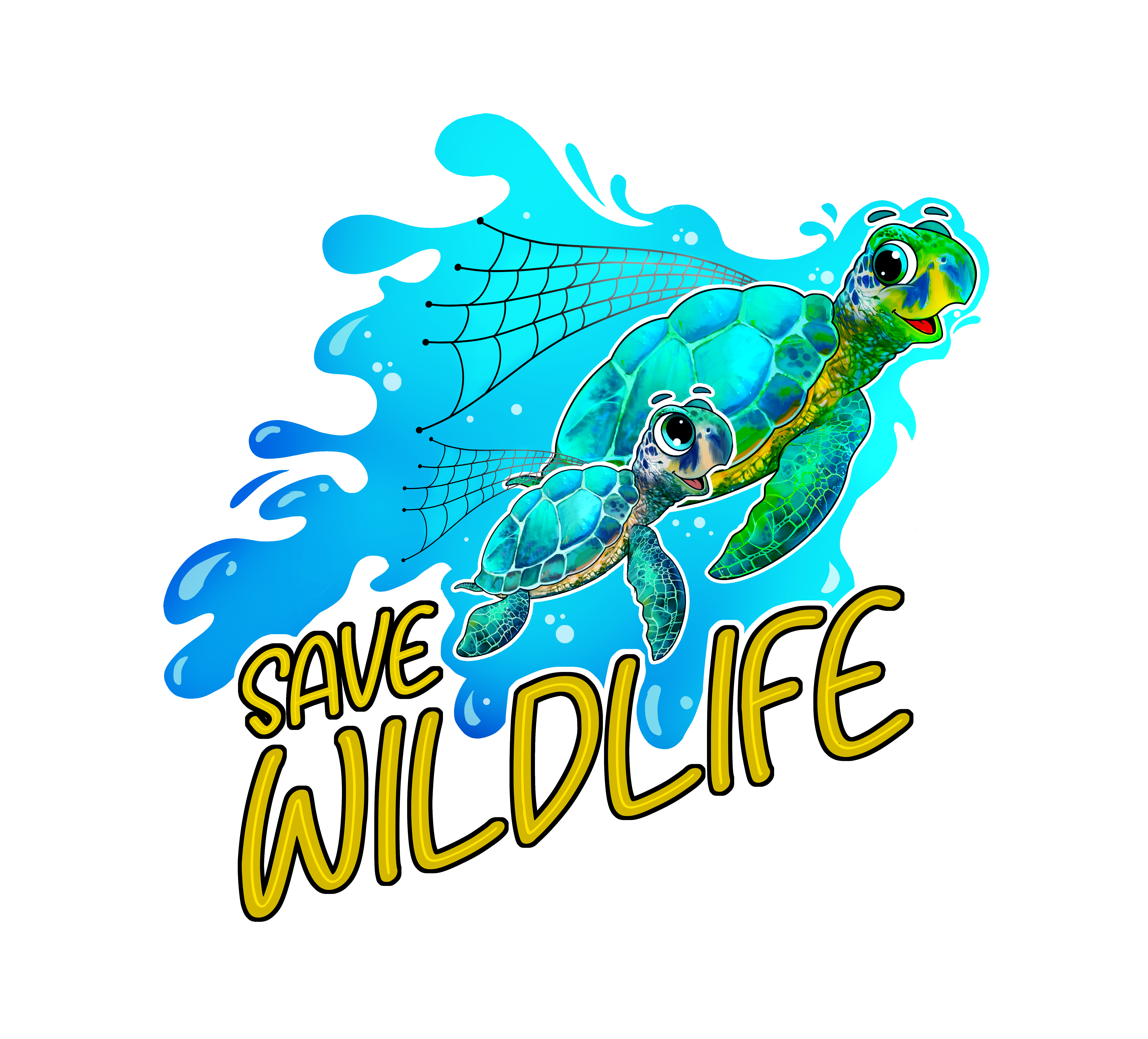
Protect Wildlife Before Today’s Big Cats Become Tomorrow’s Cave Lions
Panthera Leo Spelaea (the Cave Lion) was once the apex predator inhabiting the cold open-steppe grasslands and frozen tundra of Eurasia. Bigger than modern lions, this keystone predator was at the top of the food chain for large animals in the ecosystems it inhabited. But despite their strength and dominance in Ice Age ecosystems, the cave lion went extinct approximately 10,000 years ago. Their extinction story is an important message for contemporary wildlife conservation practices because if we do not change the way we protect wildlife as it is currently being conducted, then the large cat and other apex predators alive today may face the same unfortunate fate as the Cave Lion.
The death of the Cave Lion is more than just an inspiring and creepy story; it is a glimpse into the future! We must learn from the past, or endangered species will exist only in stories and folklore.
Table of Contents
The Ice Age King: Who Was the Cave Lion?
The Cave Lion, once thought to be one of the world’s biggest felines, was nearly 1.2 meters in height at the shoulders and weighed in excess of 300 kilograms—certainly a large predator to contend with! Fossils and Ice Age cave paintings of humans indicate that our ancestors respected, and perhaps even feared this predator. Cave paintings that feature this animal give a glimpse into how much it captivated the human imagination.
This animal was more than a predator; it was a keystone species–one of the larger predators within the food chain that helps regulate prey species and maintain healthy ecosystems. To lose a species such as this species is a tragedy in any ecological system. This is why we continue to stress that it is vitally important to protect wildlife today.
Why Did the Cave Lion Go Extinct?
Experts disagree on the causes of the Cave Lion’s extinction, but two primary factors seem to be identified:
- Climate Change – The start of the Ice Age left the lion’s cold and open habitat dwindling.
- Human Influence – Hunting and competition for prey species could have been very influential.
These circumstances closely parallel the threats all species of modern times face, such as tigers, lions, and leopards, whose habitats are also shrinking, and environmental pressures are more intense than ever before. If urgent action is not put in place to help save wildlife, the past will repeat itself.
Help Save Wildlife by Learning from the Cave Lion
The story of the Cave Lion reveals why it is important to help save wildlife today. Apex predators are important to healthy functioning ecosystems. When we lose apex predators, we lose the entire food chain. As lions and tigers have declined, prey animals increase in abundance, causing degradation to vegetation and impacting other animals.
In memorializing the extinction of the Cave Lion, we recognize how even the strongest forms of life can be so fragile. The way we care for wildlife today ensures that the strong symbols of wildlife may not disappear, so they can exist another day.

Wildlife Conservation and the Modern Big Cat Crisis
Today’s lions, leopards, and tigers experience challenges that make wildlife conservation an imperative. Modern big cats face great difficulties in the following areas:
- Habitat destruction from urban extension and deforestation.
- Poaching, for skins, bones, and trophies.
- Human-Wildlife Conflict, as humans encroach into obliterated territory.
- Climate Change, affecting the type and quantity of prey and habitat.
Protecting big cats is a way to protect the ecosystem they dominate. Just as the Cave Lion once balanced its environment, so too do today’s apex predators. Supporting wildlife conservation initiatives provides caging and contentment for big cats and provides a platform where humans and animals can coexist.
Animal Extinction Awareness: Why Do Stories Like the Cave Lion Matter?
Animal extinction awareness is one of the most profound drivers for change. The Cave Lion is an impactful example of this idea. The Cave Lion exemplifies the permanence of extinction – once a species is gone, it is gone for good. Campaigns that feature extinct species as symbols are effective because they associate the past and the present. People may tune out statistics, but they engage deeply with stories about these animals. While we tell a story about the Cave Lion, we suggest to people that they recognize the urgency in saving endangered species today.
Animal extinction awareness activates empathy into action. It takes community, policy, or an individual to understand the value of biodiversity and to act upon that value before it is too late.
Endangered Animals in 2025: Who Risks Becoming the Next Cave Lion?
By 2025, many animals will be barely hanging on and facing the same circumstances as the Cave Lion:
- Amur Leopards: fewer than 150 remain in the wild.
- Sumatran Tigers: Critically Endangered due to habitat loss and destruction.
- Snow Leopards: threatened by poaching and the climate crisis.
- African Lions: population has drastically decreased on the African continent.
Our discussion surrounding endangered animals in 2025 is not hypothetical. These animals may genuinely go extinct in our lifetimes if we don’t take immediate action. The loss of the Cave Lion plays back in the form of animal losses like these, and we should realize we need to work harder today to protect wildlife now!
What You Can Do to Protect Wildlife
You don’t have to be a scientist or policymaker to be impactful. Here is what you can do:
- Contribute to Conservation Groups – Donate to or volunteer with groups that are protecting big cats and their habitat.
- Reduce Demand of Wildlife Products – Don’t buy wildlife products made from endangered species.
- Educate Others – Tell the story of the Cave Lion to raise animal extinction awareness.
- Make Eco-Friendly Choices – Decrease your carbon footprint when it is possible to help slow climate change.
- Support Policy – Support legislation to protect endangered species and their habitats.
Everything counts. Together, we can help save wildlife and stop history from repeating itself.
Last Words of Encouragement
Several Ice Age eons ago, the Cave Lion’s roar echoed across the plains. Today, only its bones, cave art, and place in human memory remain. Its extinction reminds us of what happens to living things when we ignore the nature in which we exist.
If we don’t protect wildlife today, we could see modern big cats such as lions, tigers, and leopards join the ranks of the Cave Lion and end up as history. But if we can act now by supporting wildlife conservation, creating animal extinction awareness and we can come together to help save wildlife, we can change the story.
The fate of endangered animals in 2025 is not sealed. The chance still persists. Let the Cave Lion and its extinction inspire us to act before we silence any more kings of the wild.
FAQ
Q1: What is the Cave Lion?
The Cave Lion (Panthera Leo Spelaea) was a gigantic Ice Age predator that was even larger than today’s lions. It is thought to be one of the largest cats to ever walk the Earth.
Q2: Why did the Cave Lion go extinct?
Most scientists believe that the Cave Lion went extinct due to a combination of climate changes at the end of the Ice Age and human pressures through hunting and loss of prey.
Q3: What does the Cave Lion’s story tell us today?
The Cave Lion’s extinction is a profound reminder of how fragile even the most powerful predators can be. It evokes an animal extinction awareness and demonstrates why we must protect wildlife before it is too late.
Q4: Do endangered animals in 2025 face the same threats?
Sadly, many species are at risk, such as Amur leopards, Sumatran tigers, snow leopards, and African lions. If we do not take a stronger stance for their protection, these species will be in grave danger and worse, they could go the same way as the Cave Lion.
Q5: How can people like me contribute to the preservation of wildlife?
You don’t have to be a scientist or animal expert to have an impact. By supporting wildlife conservation projects, making eco-friendly choices and elevating awareness of the issue, you will have a tremendously significant impact on the preservation of endangered species.
